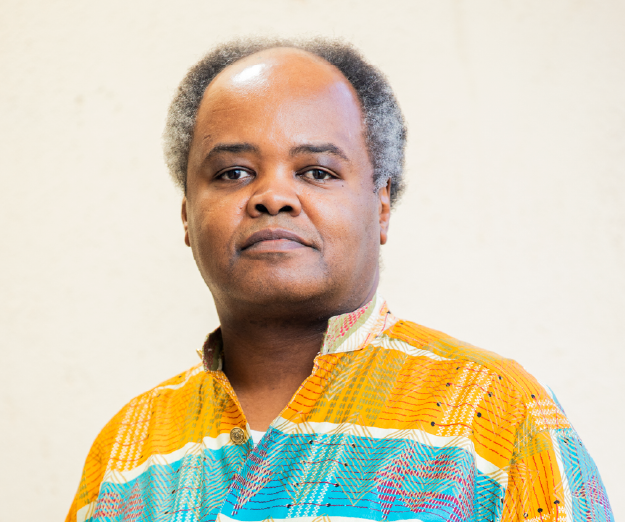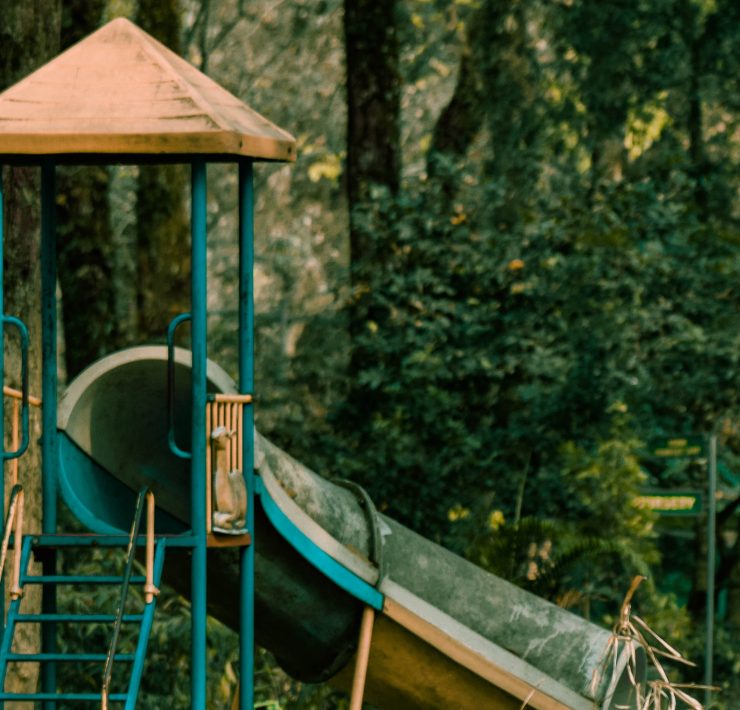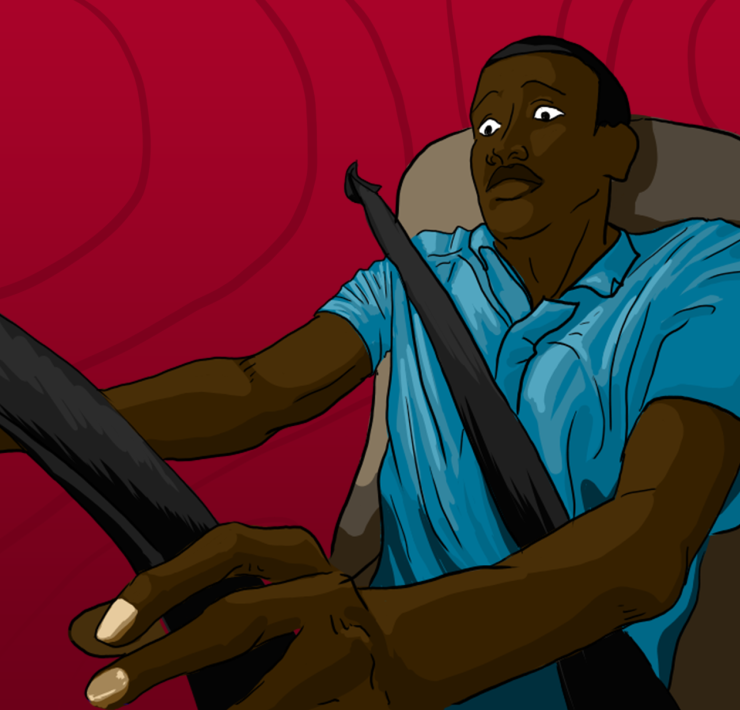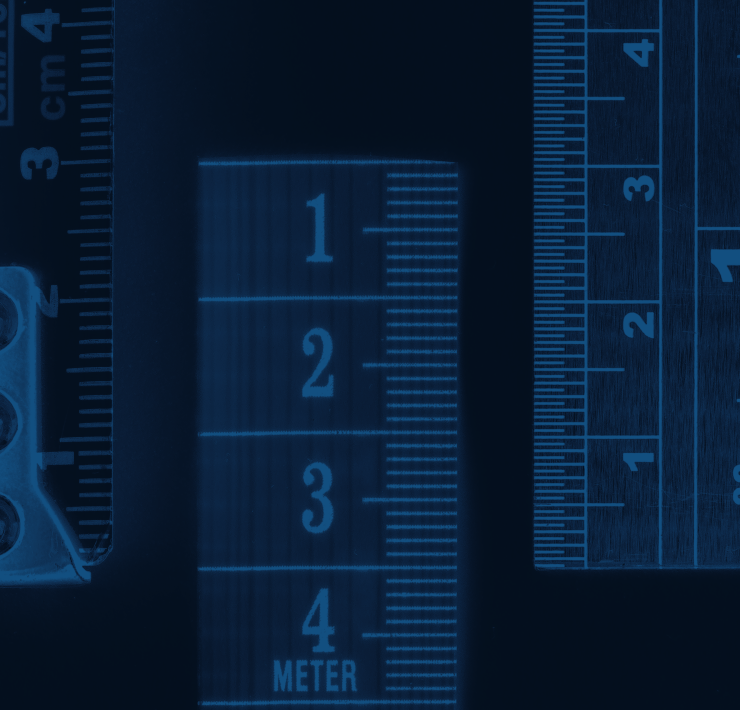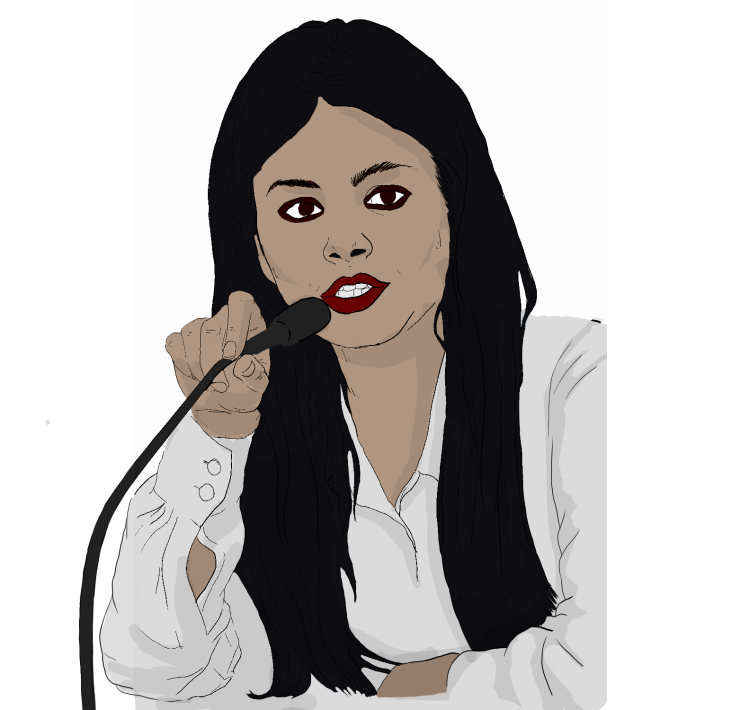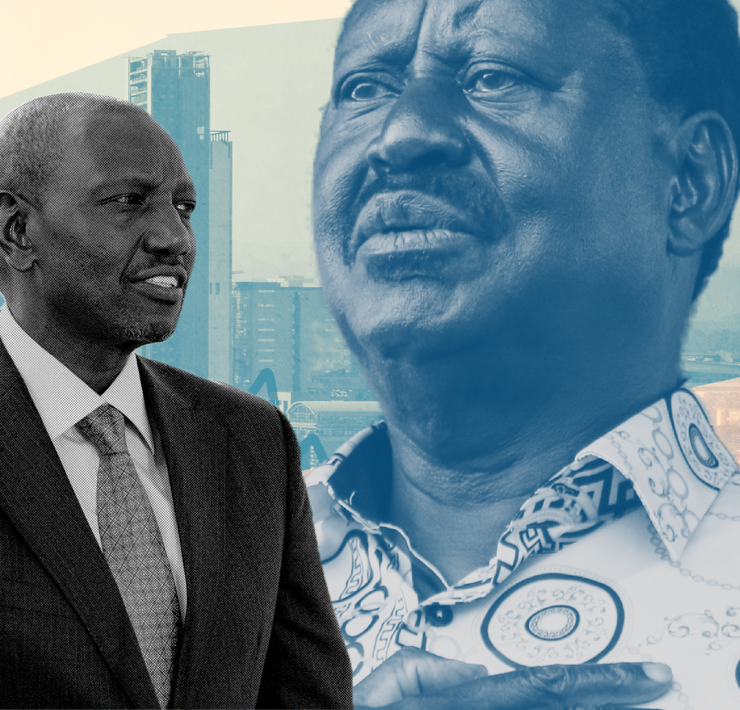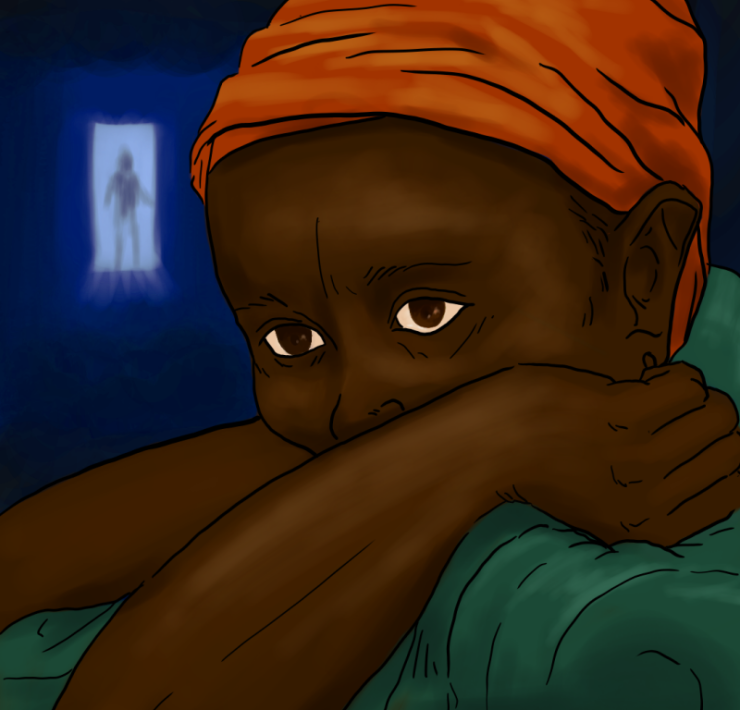Has the government lost confidence in its investigation into the cult of Paul Mackenzie Nthenge even before it has concluded the exercise? How else does one explain President William Ruto appointing a commission of inquiry into Mackenzie’s cult on the same day the first phase of post-mortems was concluded?
On May 5, Government Chief Pathologist Johansen Oduor told the media he and his team had concluded 112 post-mortem examinations that began on May 1. The 112 bodies Oduor and his team examined were exhumed from what investigators described as shallow graves in Shakahola where Mackenzie is alleged to have convinced his followers that starvation was the route to Heaven.
The same day Oduor said the first phase of post-mortems was concluded, Ruto appointed Court of Appeal Judge Jessie Lesiit to lead an eight-member commission of inquiry into Mackenzie’s Good Hope News International Church and what went on at Shakahola.
During the five days Oduor and his team conducted post-mortems on the 112 dead individuals, they determined that the cause of death for many of them was starvation. Oduor and his team determined that a smaller number of the individuals they examined died due to asphyxiation or trauma to the head. Or in less technical terms, they found some individuals had been strangled or suffocated to death and others had been hit on the head. In some cases, the pathologists found individuals had been both starved and asphyxiated or hit on the head. The pathologists also found a number of the bodies were severely decomposed, making it difficult to determine cause of death, among other things.
Presumably, the results of these post-mortems have been presented to police investigators and prosecutors who will analyse them to clarify any charges against Mackenzie and others as well as seeing whether they provide investigative leads.
From the foregoing, it is clear that the investigation into what exactly Mackenzie was up to and what crimes were committed at Shakahola is, at best, at its halfway point. This is further emphasised by the fact that investigators have begun a second phase of exhumations from Shakahola, raising the death toll and further horrifying an already shocked nation.
With this in mind, what is the point of appointing a commission of inquiry now?
The first two mandates Ruto has given the commission of inquiry are:
(a) “Inquire into the matter of the deaths, torture, inhumane and degrading treatment of members and other persons linked to the Good News International Church in Kilifi County within the Republic of Kenya”; and
(b) “Establish the circumstances under which the deaths, torture, inhumane and degrading treatment occurred.”
Another mandate of the commission of inquiry is to “Identify, based on evidence laid before the Commission, the persons and organisations who bear the greatest responsibility for the Shakahola Tragedy; and to recommend specific actions that should be taken against them including admonition, regulatory actions, reparations, or recommendations for criminal investigation.”
This is exactly what police investigators, pathologists, prosecutors and others are doing. What is the justification for this duplication of work, especially when the government regularly talks about the need to save money because it is in dire financial straits?
But duplication of work is the least of anyone’s worries. The major problem created by the formation of the commission of inquiry is its work is likely to undermine the case prosecutors and investigators are trying to build and present in court.
Mackenzie is a key suspect in the on-going investigation into his church and what happened in Shakahola. According to a statement dated April 27 that the Judiciary sent to media houses, Mackenzie is also a defendant in three on-going cases in court, the oldest of which dates back to 2017. Once the commission of inquiry begins its work and interviews witnesses (who may also be witnesses in the on-going investigation), this may affect any case against Mackenzie and undermine it. Similarly, as the criminal case or cases proceed and witnesses begin testifying, what is said in court could have implications on the work of the commission and undermine it.
A commission of inquiry is a quasi-judicial process while a criminal case is a judicial process. Witnesses before a commission of inquiry or a court usually testify under oath and what they say is evidence. The main difference between a commission of inquiry and a court is that a commission of inquiry cannot make orders or issue judgements, which is what a court can do. A commission of inquiry, however, can make recommendations based on its conclusions formed after analysing the evidence presented before it.
This is not the first time we are facing a conflict between criminal cases in court and a commission of inquiry over the same matter. We faced a similar situation in 2003 when the then President Mwai Kibaki formed a commission of inquiry into the Goldenberg scandal. When Kibaki announced the formation of the Goldenberg commission of inquiry, there were multiple on-going criminal cases in court. Some of them had gone on for a decade.
To avoid any possible conflict between the two processes, then Attorney General Amos Wako took the unusual step of halting the prosecution of Goldenberg scandal-related cases. When Wako took this step, it allowed the Goldenberg commission of inquiry to work uninhibitedly.
By the time the Goldenberg commission of inquiry was appointed, the court cases had reached a point where instead of resolving issues one way or another, they created more confusion because they had gone on for so long. The commission of inquiry helped untangle the cases and exposed the tentacles of Goldenberg International and how far they reached.
This is not the case with the proceedings against Mackenzie and others in connection with the Shakahola deaths. Those deaths have only just come to light and, according to the post-mortems, most of the deaths happened recently.
We are still in the investigative phase of the case of the Shakahola deaths. We are nowhere near the criminal cases being tangled and unlikely to be resolved.
We do not need a commission of inquiry on the Shakahola deaths, yet.
Author
-

Tom Maliti has been an editor and reporter with mainstream and niche media outlets. He is multilingual and is comfortable writing on any subject whether it is international justice, international trade, diplomacy or about an election or music, film, theatre or a book. Most recently, he was a trial monitor for about 10 years with the International Justice Monitor (www.ijmonitor.org) where he wrote about several cases before the International Criminal Court (ICC). Among the ICC cases Maliti reported on were that of Uhuru Kenyatta and the trial of William Ruto and former journalist Joshua arap Sang. During these proceedings, Kenyatta was President of Kenya and Ruto his deputy. Before joining the International Justice Monitor, Maliti was an East Africa Correspondent for The Associated Press. In this role, he rotated as the duty editor in the Nairobi Bureau, which was responsible for a network of reporters in 14 countries in eastern and central Africa. Maliti put his French to use when he was assigned to report on developments following two coup attempts in Chad (2006 and 2008) and that country’s 2006 presidential election. His multilingualism also saw him sent to report on the aftermath of the 2009 Yemenia Airways crash in Moroni, the capital of Comoros. Maliti cut his teeth as a journalist at The Frontier Post newspaper in Pakistan.
Tom Maliti has been an editor and reporter with mainstream and niche media outlets. He is multilingual and is comfortable writing on any subject whether it is international justice, international trade, diplomacy or about an election or music, film, theatre or a book. Most recently, he was a trial monitor for about 10 years with the International Justice Monitor (www.ijmonitor.org) where he wrote about several cases before the International Criminal Court (ICC). Among the ICC cases Maliti reported on were that of Uhuru Kenyatta and the trial of William Ruto and former journalist Joshua arap Sang. During these proceedings, Kenyatta was President of Kenya and Ruto his deputy. Before joining the International Justice Monitor, Maliti was an East Africa Correspondent for The Associated Press. In this role, he rotated as the duty editor in the Nairobi Bureau, which was responsible for a network of reporters in 14 countries in eastern and central Africa. Maliti put his French to use when he was assigned to report on developments following two coup attempts in Chad (2006 and 2008) and that country’s 2006 presidential election. His multilingualism also saw him sent to report on the aftermath of the 2009 Yemenia Airways crash in Moroni, the capital of Comoros. Maliti cut his teeth as a journalist at The Frontier Post newspaper in Pakistan.


